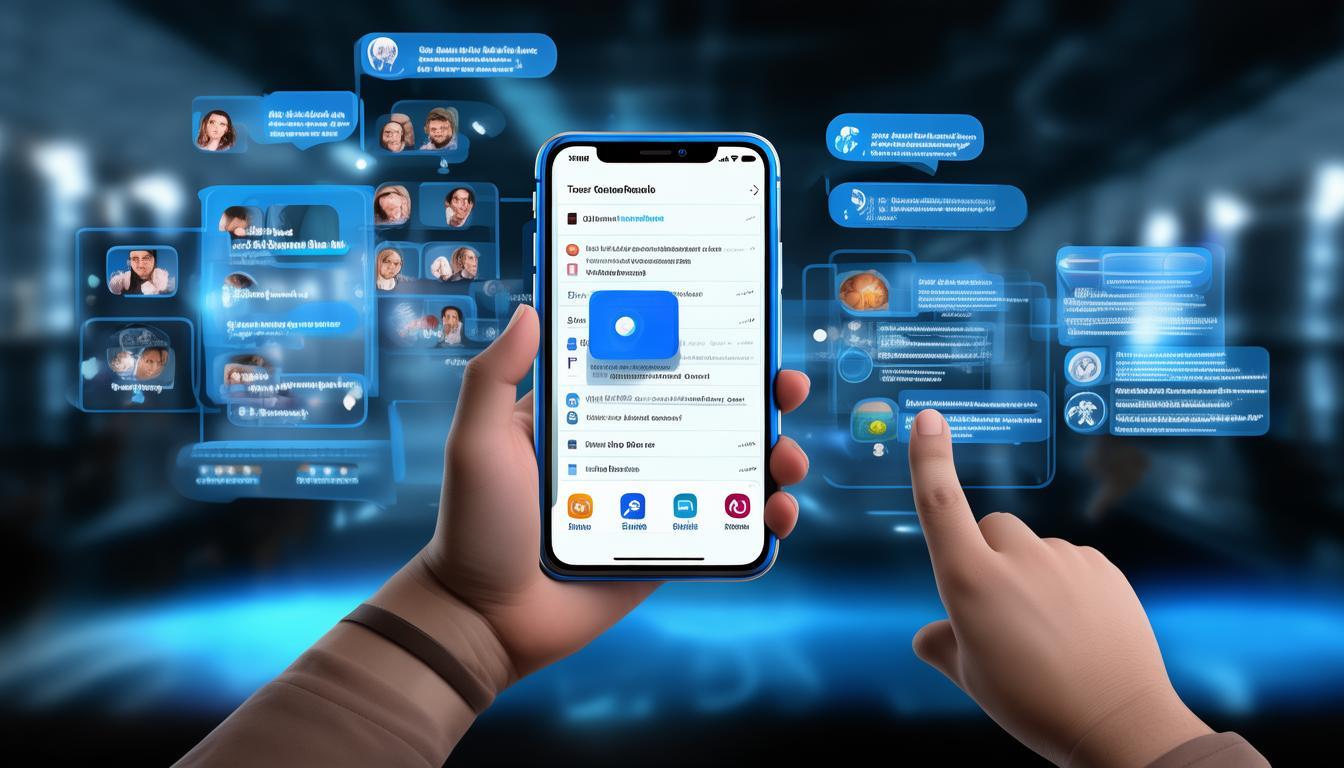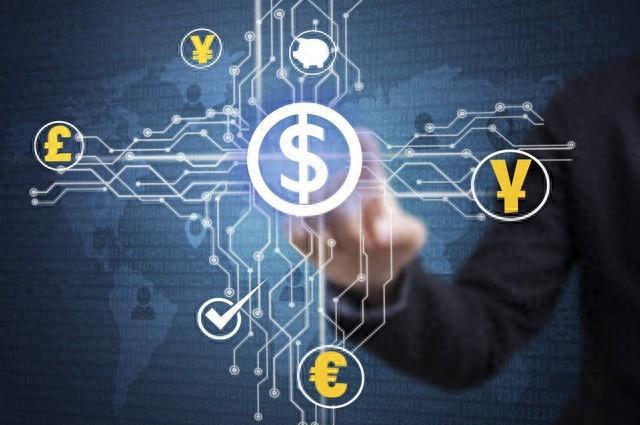文章开篇明确指出,在当今的科技发展浪潮里,NLP 以及区块链技术无疑是两颗极为耀眼的明星。这两种技术正在改变多个领域的传统模式,还给这些领域带来了此前从未有过的革新。
NLP技术与应用
NLP 在语音识别领域表现出色。在智能手机领域,语音助手借助 NLP 技术,可实现快速且准确的语音转文字。例如苹果的 Siri,全球每天有数亿用户在使用,这大大提升了信息输入的便捷性。同时,在文本分析方面,各大电商平台利用 NLP 来分析用户评论。以淘宝为例,通过对用户对商品的评价进行分析,以此帮助商家改进产品。
import speech_recognition as sr
def listen_and_recognize():
r = sr.Recognizer()
with sr.Microphone() as source:
print("Please speak...")
audio = r.listen(source)
try:
# 使用Google的语音识别服务
text = r.recognize_google(audio)
print("You said: " + text)
except sr.UnknownValueError:
print("Google Speech Recognition could not understand audio")
except sr.RequestError as e:
print("Could not request results from Google Speech Recognition service; {0}".format(e))
listen_and_recognize()import nltk
from nltk.tokenize import word_tokenize
from nltk import pos_tag
nltk.download('averaged_perceptron_tagger')
text = "Natural language processing is a dynamic field of computer science."
tokens = word_tokenize(text)
tagged_tokens = pos_tag(tokens)
for tag in tagged_tokens:
print(tag)NLP 在机器翻译领域收获了明显的成果。在线翻译软件凭借 NLP 技术,能够达成多种语言的快速翻译。谷歌翻译每天需处理众多的翻译请求,从而让不同语言文化间的距离得以缩短。并且,在智能客服系统中,NLP 让聊天机器人能够明白用户的问题,接着提供精准的回复,提高了客户服务的效率。
from transformers import MarianMTModel, MarianTokenizer
model_name = "Helsinki-NLP/opus-mt-en-de"
tokenizer = MarianTokenizer.from_pretrained(model_name)
model = MarianMTModel.from_pretrained(model_name)
en_sentence = "Hello, how are you?"
de_translation = model.translate(en_sentence, to_lang="de")
print(f"English: {en_sentence}")
print(f"German: {de_translation[0]['translation_text']}")区块链技术的原理与优势
import spacy
nlp = spacy.load("en_core_web_sm")
text = "Apple is looking at buying U.K. startup for $1 billion"
doc = nlp(text)
for ent in doc.ents:
print(ent.text, ent.label_)区块链的原理是以分布式账本为基础。它的数据并非集中存储,而是分布在众多节点上。2009 年诞生的比特币运用了该原理。去中心化的特点让系统更为安全,能够降低因单一节点遭受攻击而引发的风险。另外,数据不可篡改是其一个重要特性。一旦数据被写入区块链,就极难被更改,以此保障了信息的真实性。
from textblob import TextBlob
text = "I love this product! It's absolutely wonderful."
blob = TextBlob(text)
sentiment = blob.sentiment
print(f"Sentiment is {sentiment}.")from transformers import GPT2LMHeadModel, GPT2Tokenizer
tokenizer = GPT2Tokenizer.from_pretrained("gpt2")
model = GPT2LMHeadModel.from_pretrained("gpt2")
prompt = "Once upon a time"
input_ids = tokenizer.encode(prompt, return_tensors='pt')
output = model.generate(input_ids)
generated_text = tokenizer.decode(output[0], skip_special_tokens=True)
print(generated_text)它的透明性较为突出,所有参与者都具备查看交易记录的能力。以太坊公链上的所有交易信息对公众是开放的,这使得信任度得以增强。智能合约能够自动地执行合约条款,进而节省了时间和人力。在一些保险理赔的场景中,智能合约会依据条件自动执行赔付,提高了效率。
import tensorflow as tf
from tensorflow.keras.preprocessing.text import Tokenizer
from tensorflow.keras.preprocessing.sequence import pad_sequences
from tensorflow.keras.models import Sequential
from tensorflow.keras.layers import Embedding, Conv1D, GlobalMaxPooling1D, Dense
from sklearn.model_selection import train_test_split
# 示例数据集
sentences = [
"I love this product", # 正面
"This is a great movie", # 正面
"I hate this movie", # 负面
"This product is terrible" # 负面
]
labels = [1, 1, 0, 0] # 正面为1,负面为0
# 划分训练集和测试集
train_sentences, test_sentences, train_labels, test_labels = train_test_split(
sentences, labels, test_size=0.25, random_state=42
)
# 文本分词器
tokenizer = Tokenizer(num_words=100, oov_token="")
tokenizer.fit_on_texts(train_sentences)
# 将文本转换为整数序列
train_sequences = tokenizer.texts_to_sequences(train_sentences)
test_sequences = tokenizer.texts_to_sequences(test_sentences)
# 填充序列以达到统一的长度
max_length = max([len(x) for x in train_sequences])
train_padded = pad_sequences(train_sequences, maxlen=max_length, padding='post')
test_padded = pad_sequences(test_sequences, maxlen=max_length, padding='post')
# 构建CNN模型
model = Sequential([
Embedding(100, 16, input_length=max_length),
Conv1D(128, 5, activation='relu'),
GlobalMaxPooling1D(),
Dense(24, activation='relu'),
Dense(1, activation='sigmoid')
])
# 编译模型
model.compile(loss='binary_crossentropy', optimizer='adam', metrics=['accuracy'])
# 训练模型
num_epochs = 30
history = model.fit(
train_padded, train_labels,
epochs=num_epochs,
validation_data=(test_padded, test_labels),
verbose=1
)
# 评估模型
test_loss, test_acc = model.evaluate(test_padded, test_labels, verbose=2)
print(f"Test accuracy: {test_acc}") 区块链技术的应用场景
在金融领域,区块链发挥了重要作用。支付宝利用这一技术开展跨境支付,降低了成本,缩短了时间。2022 年,跨境支付的效率显著提升。银行借助区块链进行结算,减少了中间环节。国际结算领域的巨头 SWIFT 也在对区块链应用进行探索。
在物联网领域,区块链有这样的作用:能确保设备间数据的安全,还能保证交互的可信。智能家居设备借助区块链来传输数据,这样就能防止信息出现泄露的状况。在车联网中,车辆与基础设施之间的信息交互是靠区块链来保障其安全性的。在版权保护方面,艺术家把作品记录在区块链上,以此避免作品被他人盗用。在数字艺术品领域,NFT 是一个典型的应用,像数字画作就是通过区块链来确定其所有权的。
自动化技术与智能代理的角色
自动化技术能大幅提升效率。在工厂中,自动化生产线借助智能代理对生产流程进行优化。比如富士康工厂的自动化生产线,它既能降低人力成本,又能提高生产速度。智能合约可自动执行商业条款,像保险合约能依条件自动理赔,从而减少了人为操作导致的失误,进而提升了服务质量。
在供应链管理领域,自动化技术会同智能代理一同去对货物的运输状态进行监控。京东物流凭借这一技术来实时跟踪货物,以此来保证配送能够按时完成。在区块链的网络环境里,自动化脚本会对交易以及区块的状态予以监控。当比特币网络有异常交易出现时,自动化脚本会快速发出警报,进而保障网络的安全。
区块链技术的挑战与未来发展
区块链面临着技术方面的挑战。目前它的处理速度较为迟缓,比如比特币这类区块链技术,每秒仅能处理几笔交易,而像支付宝这样的传统支付系统却能达到数万笔之多。同时,能耗方面的问题也很严重,比特币的挖掘过程会消耗大量电力资源。另外,在监管方面也有诸多困难,全球各个国家对区块链的监管政策并不相同。
// SPDX-License-Identifier: MIT
pragma solidity ^0.8.0;
contract SimpleExchange {
address owner;
uint256 public balance;
constructor(uint256 initialBalance) {
owner = msg.sender;
balance = initialBalance;
}
function deposit() public payable {
require(msg.value > 0, "Deposit amount must be greater than zero.");
balance += msg.value;
}
function withdraw(uint256 amount) public {
require(amount <= balance, "Insufficient balance.");
payable(owner).transfer(amount);
balance -= amount;
}
}不过,区块链的未来充满希望。技术方面,它会不断取得突破,像以太坊的升级能提升其处理能力。在金融领域以及医疗等诸多领域,它的应用会更加广泛。整个行业将制定统一标准,以促进区块链的健康发展。
# 一个简单的基于规则的聊天机器人示例
responses = {
"hello": "Hello! How can I assist you today?",
"help": "I'm here to help. What do you need assistance with?"
}
def chatbot(input):
input = input.lower()
if input in responses:
return responses[input]
else:
return "I'm not sure how to help with that. Can you try asking something else?"
# 与机器人交互
user_input = input("You: ")
print("Bot:", chatbot(user_input))结论
NLP 在语音识别和文本分析等领域的应用,给人们的生活与工作带来了很大的便利。区块链技术凭借自身的原理优势,在金融领域以及物联网等领域引发了变革。自动化技术和智能代理提升了区块链系统的效率,并且增强了其安全性。尽管区块链面临着一些挑战,然而其未来的发展前景十分广阔。你认为在未来,区块链技术在哪个领域的应用会最具突破性?欢迎留言进行评论,若觉得这篇文章有用,可别忘记点赞和分享!




